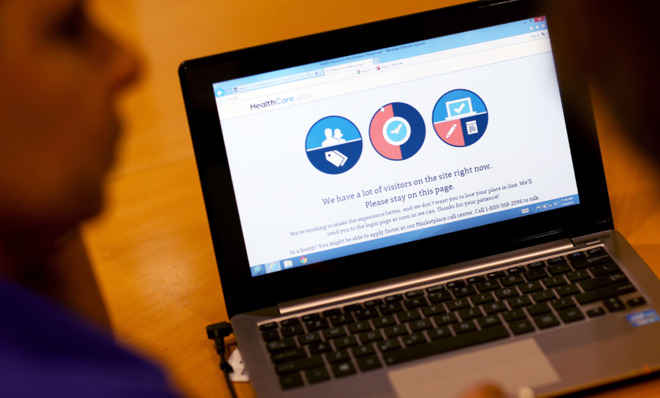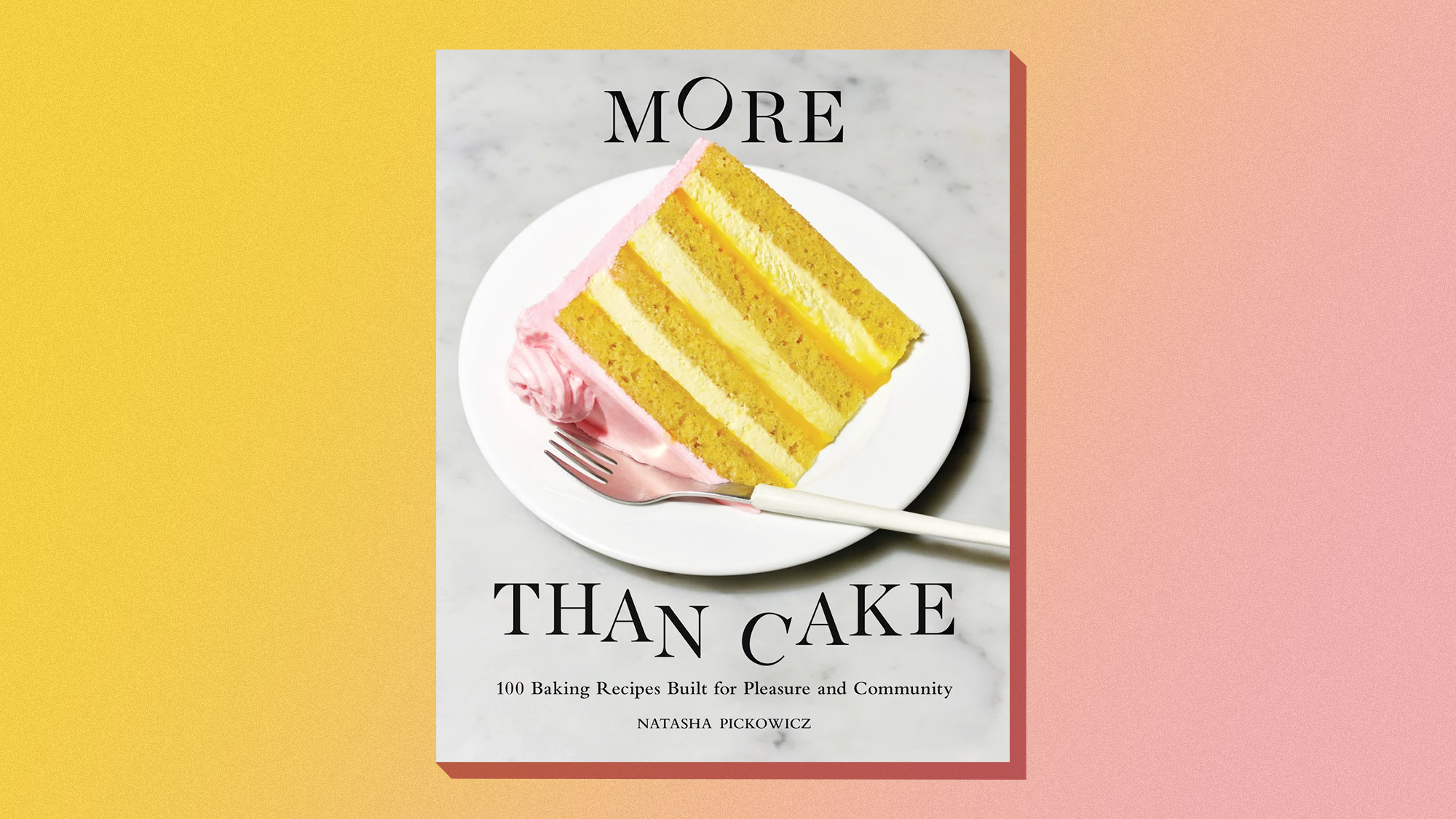The disastrous ObamaCare exchanges are just the tip of the iceberg
Some consumers could see their premiums and deductibles go up


Rarely has a government program rollout resulted in the level of disaster that the Affordable Care Act (ACA) exchanges have seen over their first two weeks. The White House refuses to release enrollment statistics that should be easily gleaned from internal systems serving the exchange sites, if those servers actually remained up and running. On both of its two weekends, technicians spent long hours attempting to fix the myriad problems that stymie consumers, only to have the problems persist — even when site traffic should be low, as CNN's Elizabeth Cohen discovered on Monday.
Small wonder, then, that no one really knows how many have managed to actually buy a health-insurance policy through the federal exchange. The Daily Mail sought out answers from the insurance industry, and got estimates of 51,000 after one week — a pace that would have just 2 million people covered properly by the March 2014 deadline to comply with the individual mandate, far below the 30 million uninsured that the ACA was intended to assist.
Market analyst Bob Laszewski, president of Health Policy and Strategy Associates, put the number much lower than that — at just 5,000. Insurers are seeing the same enrollees repeatedly purchasing, rejecting, and repurchasing plans, thanks to the poor performance of the federal exchange system, which serves 36 states. "One carrier exec told me that yesterday they got seven transactions for one person," Laszewski wrote on Friday, "four enrollments and three cancelations." The repeated re-enrollments have insurers so spooked that they are starting to worry that "some of these very few enrollments really don't exist."
The Week
Escape your echo chamber. Get the facts behind the news, plus analysis from multiple perspectives.

Sign up for The Week's Free Newsletters
From our morning news briefing to a weekly Good News Newsletter, get the best of The Week delivered directly to your inbox.
From our morning news briefing to a weekly Good News Newsletter, get the best of The Week delivered directly to your inbox.
Then there are the prices for the plans, which have given Americans their first taste of sticker shock from ObamaCare. The Department of Health and Human Services tried to get in front of the big jumps in premiums by claiming that the HHS-approved prices were "lower than projected," but Forbes' Avik Roy pointed out that the projections used by HHS for comparison were for 2016, not 2014. Prices for comparable coverage doubled, according to an analysis of HHS data by Roy and the Manhattan Institute. And for some the prices quadrupled.
But just how comparable is the new coverage? On Monday, the Chicago Tribune reported on another facet of newly restructured plans and premiums stemming from the multiple mandates of the ACA, and found that enrollees will pay a lot more in premiums — and then a lot more out of pocket anyway.
The Tribune's Peter Frost found that a typical user in the system — a 33-year-old single father in this case — would see his premiums "more than double" from the current average of $233 a month. But if the single dad wants his premiums to remain in range, he'll need to sign up for an annual deductible of $12,700. The average deductible before ObamaCare for this consumer would have been $3,500.
Nor is that an isolated example, although it's on the far end of the spectrum. In order to keep prices low, 21 of the 22 approved plans on the Illinois state exchange have deductibles of more than $4,000 for individuals, and $8,000 for families. Frost notes that the average employer-based coverage puts the individual deductible at $1,100.
A free daily email with the biggest news stories of the day – and the best features from TheWeek.com
Consider what this means to the consumer. First, the government forces Americans to buy comprehensive insurance when many don't need it. At $466 a month, the single father in the example above will spend about $5,600 a year on comprehensive insurance, which would far outstrip the medical expenses for most 33-year-old single men, who might expect only a wellness check and perhaps a couple of acute visits to a clinic for urgent care a year. At retail costs, even with labs, that's going to run less than a thousand dollars a year at most.
Now, though, his insurance won't even cover that much. Before Illinois consumers see any benefit at all from their insurance policies, they will have to spend more than $4,000 each year out of their own pocket — and without the benefit of health-savings accounts (HSAs) to use untaxed income for that purpose. That means that some consumers will spend much more each year over and above their newly inflated premiums, making it less and less likely that they will ever see any benefits from their mandated insurance policies other than avoiding the small fine from the IRS for noncompliance.
Thanks to the new mandate on insurers to cover the uninsured with pre-existing conditions at community rates, most people will choose to pay that fine anyway, and buy the insurance only when serious illness or injury occurs that requires hospitalization or extended treatment. That mandated risk on insurers is one reason that premiums and deductibles have skyrocketed.
The result is a parody of an alternate, free-market model of reform. Rather than demand that consumers buy comprehensive insurance, the alternate model would have emphasized catastrophic coverage with high deductibles, which before ObamaCare were low-cost options for healthier consumers who wanted to indemnify themselves against unexpected major costs. Removing insurers from routine maintenance care would have restored price signals and competition to the family-practice market, which would have provided incentives for doctors to re-enter it. Consumers could then have used their HSAs, which are discouraged in the ACA system, to cover their own routine maintenance, and insurers could have returned to their proper role: Indemnifying people against major loss, not acting as wellness managers. That role properly belongs to patients and their physicians, not insurers and certainly not the government.
Thanks to the ACA, we have the worst of both worlds. Some consumers now have to pay enormous premiums for coverage they can't access until they pay enormous out-of-pocket expenses, while insurers have to cover even more risk, and providers have to deal with even more red tape. When voters start paying through the nose in this system, they will soon recognize that the administration's ideas of reform are as workable in real life as the ObamaCare exchange website.
Edward Morrissey has been writing about politics since 2003 in his blog, Captain's Quarters, and now writes for HotAir.com. His columns have appeared in the Washington Post, the New York Post, The New York Sun, the Washington Times, and other newspapers. Morrissey has a daily Internet talk show on politics and culture at Hot Air. Since 2004, Morrissey has had a weekend talk radio show in the Minneapolis/St. Paul area and often fills in as a guest on Salem Radio Network's nationally-syndicated shows. He lives in the Twin Cities area of Minnesota with his wife, son and daughter-in-law, and his two granddaughters. Morrissey's new book, GOING RED, will be published by Crown Forum on April 5, 2016.
-
 ‘The menu’s other highlights smack of the surreal’
‘The menu’s other highlights smack of the surreal’Instant Opinion Opinion, comment and editorials of the day
-
 Education: More Americans say college isn’t worth it
Education: More Americans say college isn’t worth itfeature College is costly and job prospects are vanishing
-
 One great cookbook: ‘More Than Cake’
One great cookbook: ‘More Than Cake’the week recommends The power of pastry brought to inspired life
-
 Has Zohran Mamdani shown the Democrats how to win again?
Has Zohran Mamdani shown the Democrats how to win again?Today’s Big Question New York City mayoral election touted as victory for left-wing populists but moderate centrist wins elsewhere present more complex path for Democratic Party
-
 Millions turn out for anti-Trump ‘No Kings’ rallies
Millions turn out for anti-Trump ‘No Kings’ ralliesSpeed Read An estimated 7 million people participated, 2 million more than at the first ‘No Kings’ protest in June
-
 Ghislaine Maxwell: angling for a Trump pardon
Ghislaine Maxwell: angling for a Trump pardonTalking Point Convicted sex trafficker's testimony could shed new light on president's links to Jeffrey Epstein
-
 The last words and final moments of 40 presidents
The last words and final moments of 40 presidentsThe Explainer Some are eloquent quotes worthy of the holders of the highest office in the nation, and others... aren't
-
 The JFK files: the truth at last?
The JFK files: the truth at last?In The Spotlight More than 64,000 previously classified documents relating the 1963 assassination of John F. Kennedy have been released by the Trump administration
-
 'Seriously, not literally': how should the world take Donald Trump?
'Seriously, not literally': how should the world take Donald Trump?Today's big question White House rhetoric and reality look likely to become increasingly blurred
-
 Will Trump's 'madman' strategy pay off?
Will Trump's 'madman' strategy pay off?Today's Big Question Incoming US president likes to seem unpredictable but, this time round, world leaders could be wise to his playbook
-
 Democrats vs. Republicans: who are US billionaires backing?
Democrats vs. Republicans: who are US billionaires backing?The Explainer Younger tech titans join 'boys' club throwing money and support' behind President Trump, while older plutocrats quietly rebuke new administration
